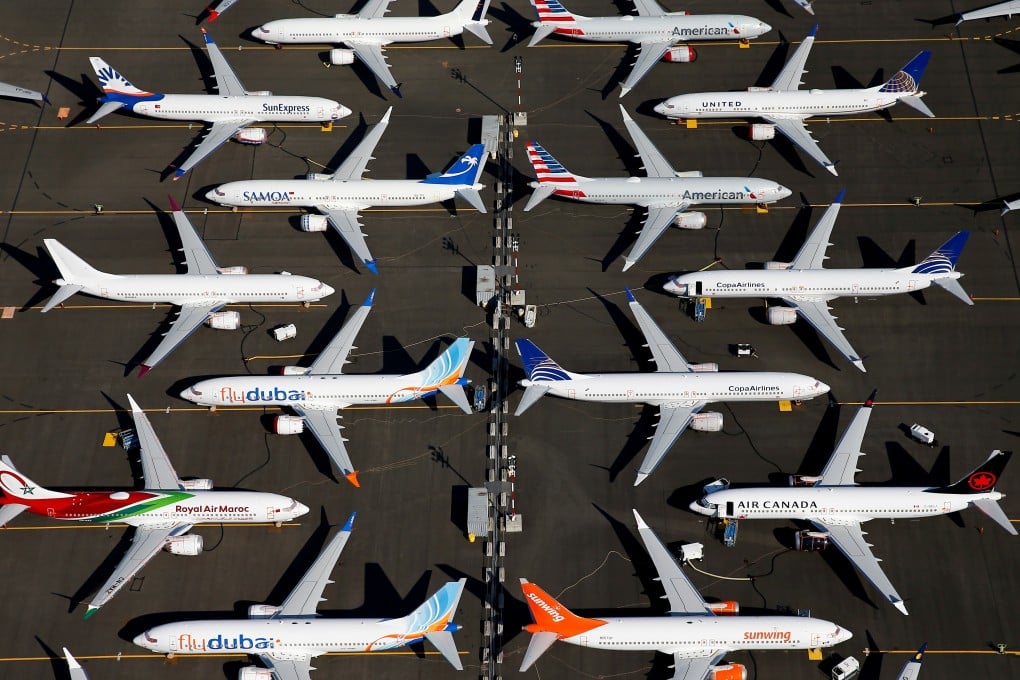Boeing 737 MAX’s return to China remains up in the air as regulatory, political hurdles persist
- Boeing said it expected the 737 MAX to be approved everywhere by the end of June, but China’s aviation authorities do ‘not trust traditional certification authorities’
- People familiar with the discussions say regulatory and political obstacles mean any resolution is still months away

Trade power tensions, regulatory hurdles and attempts by the West to counter Chinese competition are delaying a return of the 737 MAX in China, frustrating US-based Boeing as a potential rival shows its growing influence.
The company had hoped for China to approve the MAX to return to the sky by the end of last year; in January, Boeing said it expected the MAX to be approved by regulators everywhere by the end of this month. Now, with help from the Biden administration, Boeing is stepping up efforts to convince China that the plane is safe and to reset its most strategic partnership as airlines start to recover from the coronavirus pandemic.
But people familiar with the discussions say regulatory and political obstacles mean any resolution is still months away. For Boeing CEO David Calhoun, that means seeing profits and market share slip to European rival Airbus.
“I do know that if it goes on for too long, I pay a price,” he said at a Bernstein conference this month. “I pay a price because they [China] are the biggest part of the growth of the industry in the world.”